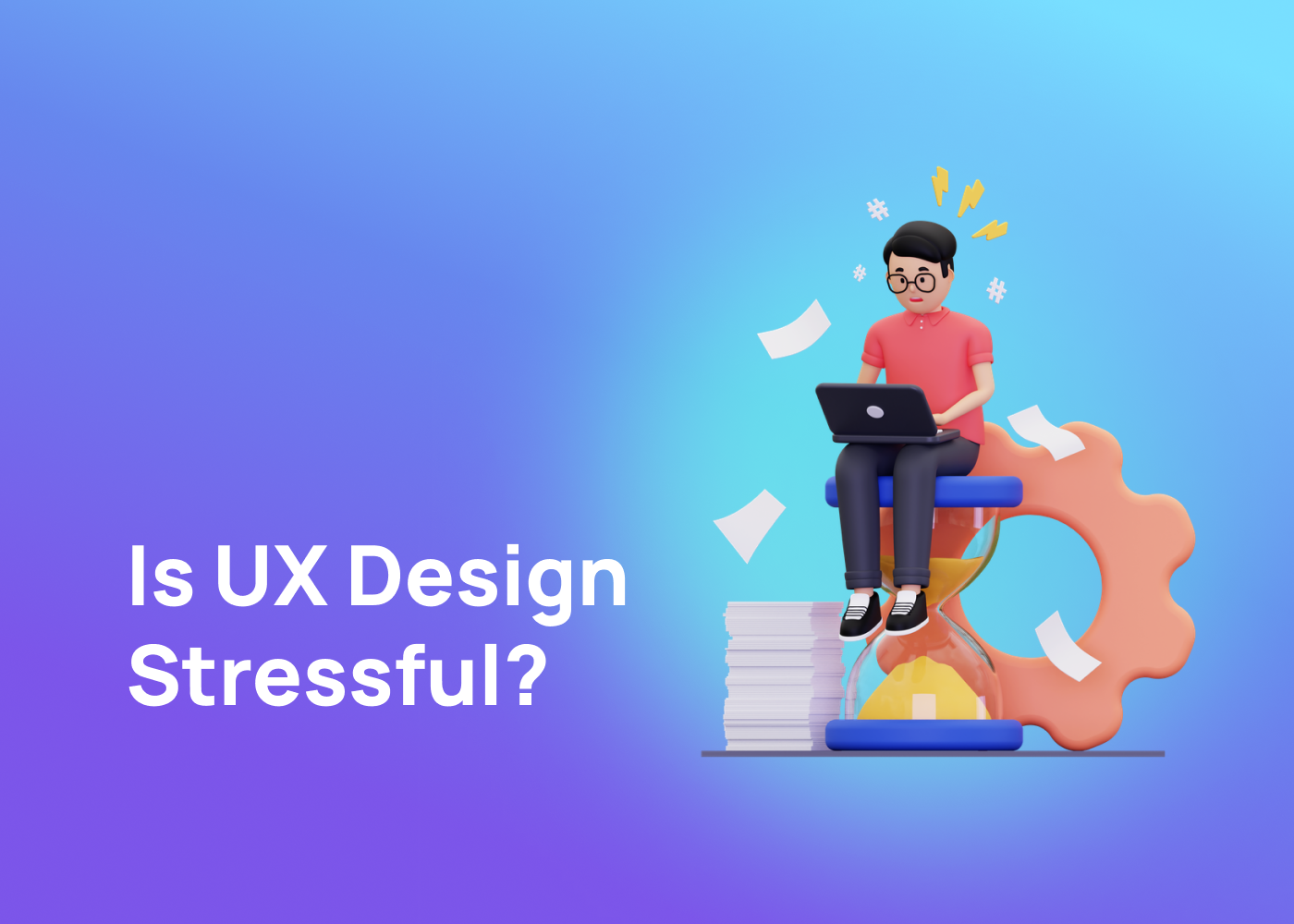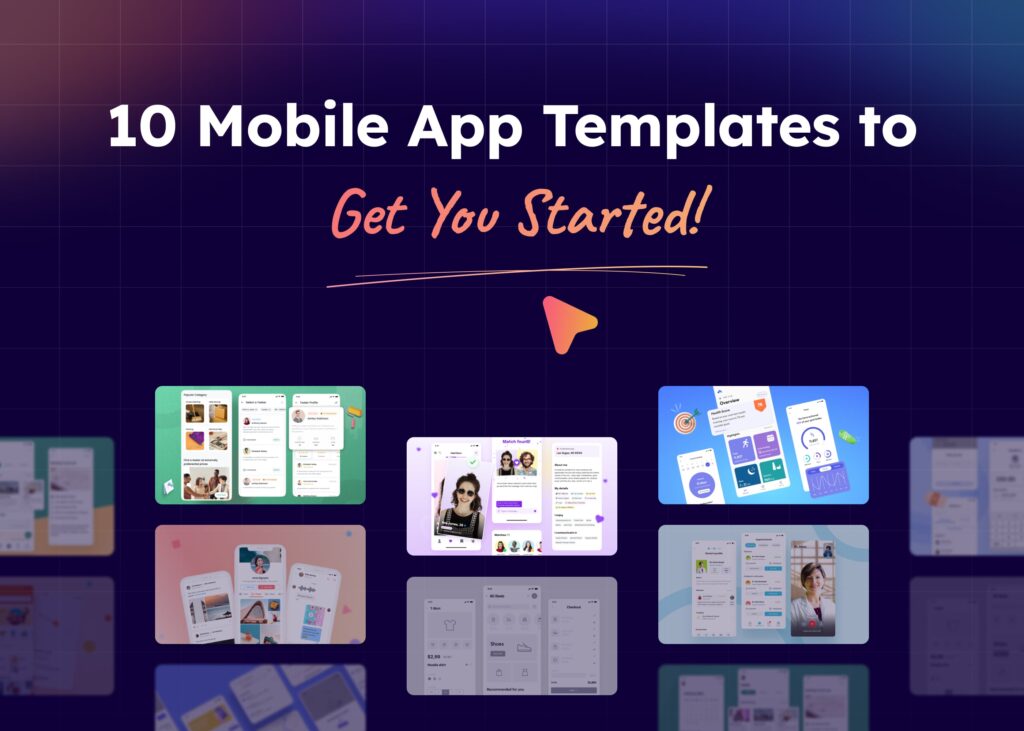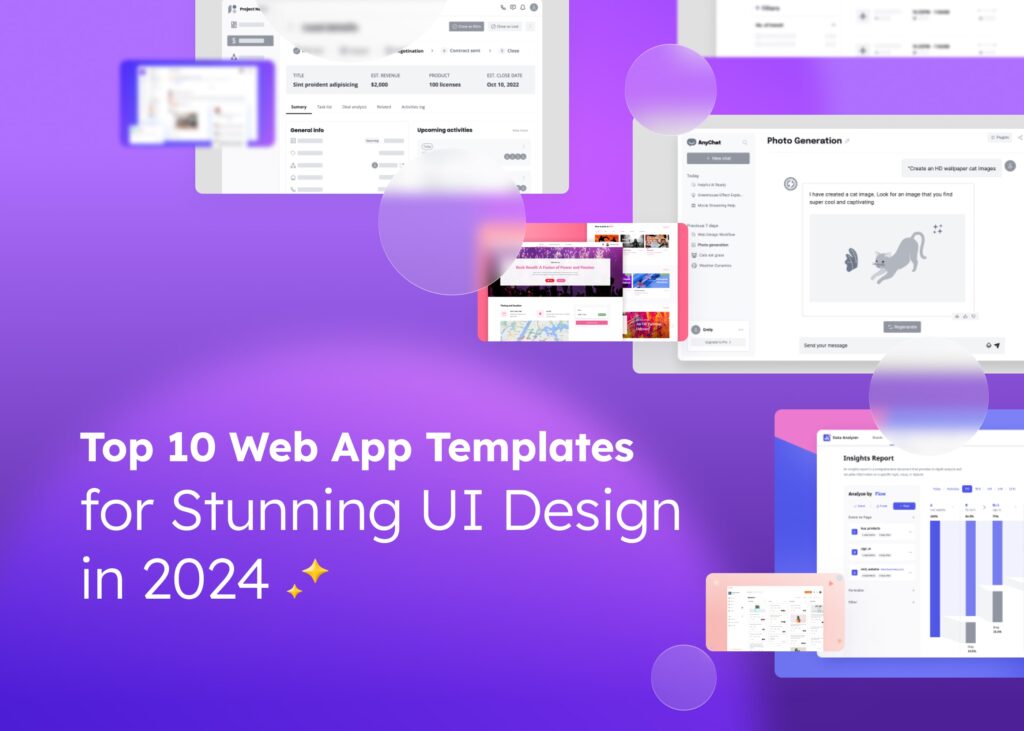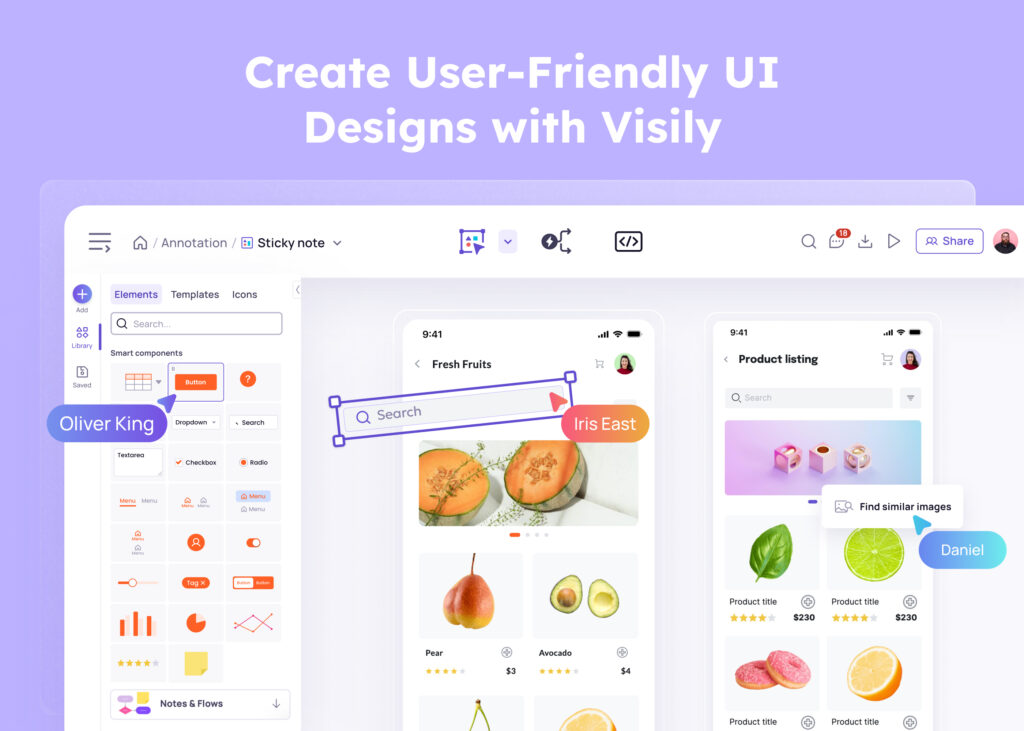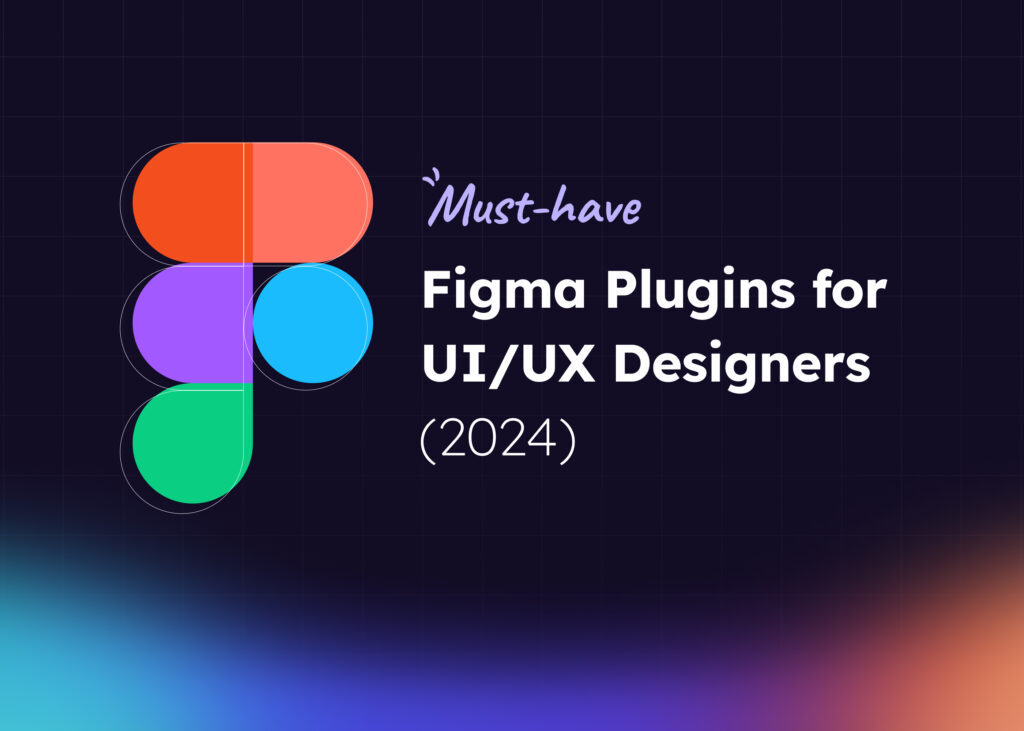UX design has immense potential. It can shape the digital world we interact with every day. It’s a field that combines creativity with logic. It combines elements of user research, visual design, and problem-solving to create intuitive, user-friendly interfaces.
The UX design process is a journey that continually evolves, adapting to the changing needs and behaviors of users. As more businesses recognize the value of good design, the demand for UX designers continues to grow. Thus, UX design as a career is a promising and rewarding choice.
But a common question raised often is, “Is UX design stressful?”. Yes, UX design can be stressful at times, especially when facing tight deadlines, complex projects, or demanding clients.
Are UX Designers Happy?
In general, UX designers seem to be quite content with their careers, according to CareerExplorer. They rate their overall career happiness at 3.5 out of 5 stars, which places them in the top 30% of all professions. This suggests that most UX designers find satisfaction in their work.
One of the key factors contributing to this happiness is the meaningfulness of their work. UX designers rated the significance of their work at 3.1 out of 5 stars. This indicates that many UX designers find their work impactful and rewarding. They are involved in creating user-friendly digital interfaces that enhance people’s daily lives.
Another essential aspect of job satisfaction for UX professionals is the alignment of their work with their personalities. UX designers rated their personality fit with their work an average of 4 out of 5 stars. This suggests that a UX career often aligns well with the personality traits of those in the field. It makes the work more enjoyable and less stressful.
The work environment also plays a crucial role in job satisfaction. UX designers rated their enjoyment of their work environment at 3.7 out of 5 stars. This indicates that most UX professionals find their workspaces conducive to creativity and productivity, which can help manage stress.
Salary satisfaction is another important factor in job happiness. UX designers rated their satisfaction with their salaries at 3.5 out of 5 stars. While this is not the highest rating, it suggests that many UX designers find their compensation to be fair.
However, it’s important to note that a UX design career can come with tight deadlines, which can potentially lead to stress. Therefore, self-care and effective stress management strategies are crucial for UX professionals to maintain their happiness and productivity in the long run.
What are the Challenges of UX Design?
Now, let’s explore some of the factors that can make UX design stressful.
Tight Deadlines
One of the most common stressors for UX professionals is tight deadlines. In a UX design career, projects often have strict timelines. This can put pressure on UX designers to produce high-quality work in a short amount of time. The need to balance speed and quality can be a significant source of stress.
Complex Projects
UX design involves solving complex problems and creating user-friendly interfaces. This requires a high level of technical skills and creativity. The complexity of UX projects can sometimes be overwhelming, leading to additional stress.
Demanding Clients
UX professionals often work with clients who have high expectations. Meeting these expectations while staying true to the principles of good design can be challenging. This can create a stressful job environment for UX designers.
Constantly Evolving Field
The field of UX design is constantly evolving. UX professionals need to stay up-to-date with the latest trends, tools, and techniques. The need for continual learning and adaptation can add to the stress levels of a UX professional.
Job Market Competition
With the growing recognition of the importance of UX design, the job market has become highly competitive. UX specialists may feel pressured to continually improve their skills and portfolio to stand out from the crowd. This competition can add to the stress of a UX career.
Company Awareness
Not all companies fully understand the value of UX design. This lack of company awareness can lead to unrealistic expectations and additional stress for UX designers.
Managing Stress in UX Design
Despite the potential stressors, many UX designers find ways to manage stress effectively. Self-care plays a crucial role in this. Regular breaks, physical activity, and time management can help maintain physical and mental health.
How to Avoid Stress as a UX Designer?
Now, let’s delve into some strategies and practices that can help UX designers effectively manage and avoid stress in their professional lives.
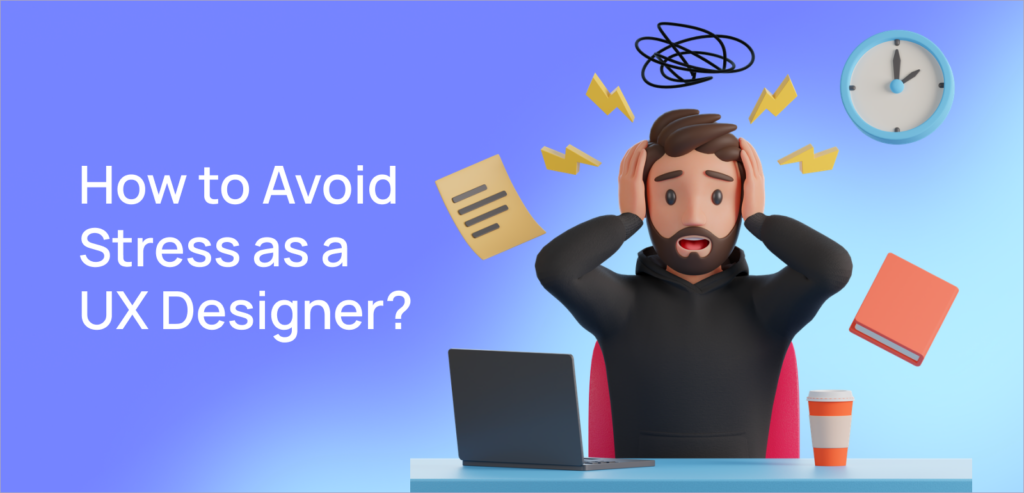
Balancing Work and Personal Life
One of the best ways to avoid stress as a UX designer is to maintain a healthy work-life balance. Long hours at the office or in front of a computer can lead to burnout. Setting realistic goals and boundaries for your work time and personal time is crucial. This balance allows you to recharge and avoid feeling overwhelmed by your work.
Developing a Support Network
Having a support network is essential in any career choice, including UX design. This network can be made up of colleagues, mentors, or friends in the tech industry who understand the unique challenges of your job. They can offer advice, empathy, and perspective when you’re dealing with stressful situations.
Continual Learning and Development
As mentioned earlier, the UX field is continually evolving. To stay ahead of the game, UX designers must keep learning and improving their skills. However, this should not be a source of stress. Instead, view it as an opportunity to grow and stay competitive. Participate in job openings, attend workshops, or take online courses to enhance your UI design and product designer skills.
Managing Expectations
Managing expectations is a crucial part of reducing stress in UX work. This involves setting realistic goals for your projects and communicating these clearly to your clients or managers. If a deadline or project scope is unrealistic, speak up and negotiate a more reasonable plan.
Prioritizing Tasks
In UX design, you may often find yourself juggling multiple tasks and projects. Prioritizing these tasks can help reduce stress. Identify what tasks are most critical and tackle those first. This will help you feel more organized and less overwhelmed.
Working with a Good Manager
A good manager can make a significant difference in your stress levels. They can provide support, guidance, and feedback, helping you navigate the challenges of your UX role. If you’re considering a career switch to UX design, look for job openings in companies known for their supportive and understanding management.
Is UX Design Hard?
UX design can indeed be challenging, especially for those new to the field. It requires a unique blend of creativity, technical skills, and understanding of user behavior. Tasks like creating user flows, designing interfaces, and testing digital products demand a high level of expertise. The need to continually learn and adapt to new technology can sometimes feel overwhelming.
However, many find it a dream job due to its creative nature and the satisfaction of improving the user experience. The average salary of a UX designer is also attractive. These factors make UX design a popular career change for many from business, marketing, and developer backgrounds.
Is UX Design a Good Career?
Yes, UX Design is a great career choice. It’s a field that offers the opportunity to blend creativity and technology, making it a dream job for many. UX designers work on user flows and digital products, enhancing the user experience. The career change to UX design is popular among those from business, marketing, and developer backgrounds.
The average salary of a UX designer is also attractive, making it a worthwhile profession. It’s a career that embraces continual learning and adaptation to new technology, making it a dynamic and exciting field.
The Future of UX Design: Will AI Take Over?
The future of UX design is an exciting topic, with many speculating about the role of artificial intelligence (AI). Will AI replace the UX designers? It’s a valid question. AI has made significant strides in many fields, and UX design is no exception. However, while AI can automate some aspects of UX design, it cannot replace the human touch.
UX design is not only about creating visually appealing interfaces, but it is also about understanding user needs and behaviors. This requires empathy, creativity, and critical thinking – traits that AI currently lacks. So, while AI may change the way UX designers work, it’s unlikely to replace them completely. Instead, AI can be seen as a tool that can assist UX designers, making their work more efficient and allowing them to focus on more complex tasks. In short, the future of UX design may involve AI, but it will still require the unique skills and insights that only humans can provide.
Visily: Your Stress-Free Solution for UX Design
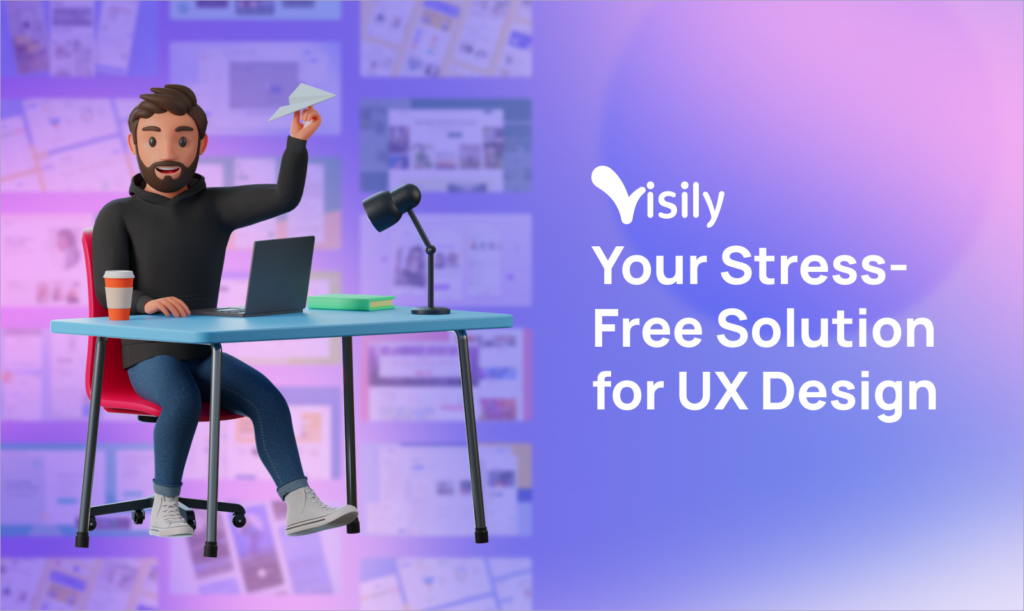
In the ever-evolving digital world, artificial intelligence (AI) is playing a significant role in reshaping industries, including UX and UI design. One such AI-powered tool revolutionizing the UX design process is Visily.ai.
Visily.ai, an AI-driven design tool, simplifies the UX design process. It makes the UX and UI design more efficient and less stressful. It harnesses the power of AI to assist with prototyping and wireframing, which are critical steps in the UX design process. The tool streamlines these design tasks.
With Visily.ai, you can focus more on the creative aspects of UX design, while the tool takes care of the technicalities. It allows you to work smarter, not harder, thereby reducing stress and increasing productivity.
In a field like UX design, where deadlines and project complexities can cause stress, Visily.ai offers a stress-free solution. It’s a tool designed to make your UX design journey smoother and more enjoyable.
